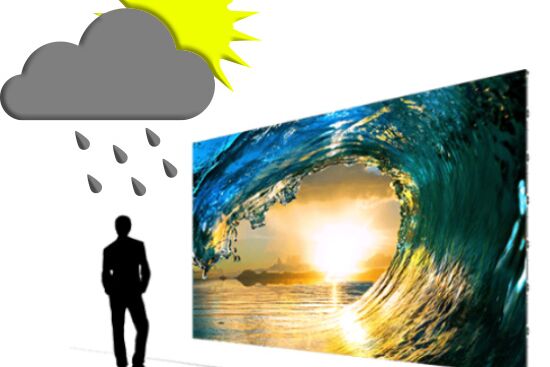Investigating the Durability of LED Display Panels in Comparison to Traditional Display Methods
Investigating the Durability of LED Display Panels in Comparison to Traditional Display Methods
Blog Article
Light-emitting diode panel panels have become progressively popular in recent years, especially in environments like schools, businesses, and community areas. These screens use LED lights (LEDs) to create vivid and lively visuals. One of the most significant advantages of LED technology is its durability in contrast to traditional display methods, such as CRT ray tubes (CRTs) and liquid crystal displays. Grasping the distinctions in lifespan and performance between these technologies can assist buyers make knowledgeable choices about their screen needs.
Traditional display technologies, like CRTs, have been around for numerous years. They were commonly used in TVs and PC monitors. However, CRTs have a limited duration, typically lasting approximately 10,000 to 20,000 hrs of use. This means that after a couple of years, users may observe a decline in image quality, such as dimming or color deformation. In comparison, LED panel panels can last considerably longer, frequently exceeding 50,000 hours. This extended duration means that users can experience consistent functionality without the requirement for regular substitutions.
Another important factor to take into account is energy conservation. LED panel panels utilize less power than traditional displays, which not only helps the ecosystem but also reduces electricity expenses. For instance, while a CRT monitor may use around 100 watts of power, an LED screen can consume as little as 30 to 50 watts. This difference in energy usage contributes to the overall durability of LED technology, as reduced energy usage generates less heat. Excessive heat can damage electrical parts, resulting to a shorter duration for conventional displays.
In furthermore to their longer lifespan and power conservation, LED wall panels also offer enhanced visual quality. They offer more vivid colors and improved contrast, making them perfect for multiple uses, from marketing to educational presentations. The innovation behind LED screens enables for a broader viewing perspective, meaning that images remain clear and vibrant even when seen from the flank. This is a major advantage over traditional displays, led wall rental for weddings which frequently suffer from hue distortion and diminished luminosity at wider angles.
In conclusion, the durability of LED wall panels compared to conventional screen methods is a key aspect for buyers to take into account. With durations that can exceed 50,000 hours, power efficiency, and superior image quality, LED innovation provides many advantages. As innovation continues to progress, LED wall screens are probably to become even more prevalent in multiple environments. Understanding these differences can help individuals and entities make improved decisions when purchasing in display technology, ensuring they receive the best value for their needs.